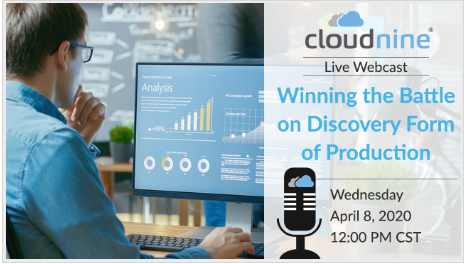The Discoverability of IoT Devices
What are IoT Devices
The Internet has transformed the way we conduct daily chores. Simple objects such as fridges, watches, doorbells, and washing machines can now be connected to secure networks. This technology is quick, efficient, and the perfect replacement for manual tasks. Whenever the user is within range and connected to WiFi, IoT devices can be used to turn on the lights, preheat the oven, and more. But what exactly is the definition of an IoT device? IoT is shorthand for the Internet of Things, a term used to describe physical objects that transmit data through wireless networks. [1] Fortunately for legal teams, IoT devices are effective in the courtroom as well as the home.
IoT Devices in Court
- Four years ago in Arkansas, data from an Amazon Echo was used to investigate the death of Victor Collins. When Collins was found dead in his hot tub, his friend James Bates was charged with first-degree murder and evidence tampering. The charges were later dismissed due to reasonable doubt amongst the court. Unfortunately, news sources haven’t disclosed what the voice recordings revealed. [2]
- After Timothy Burke was accused of shooting his brother, the prosecutor requested the admittance of audios from a Ring doorbell. The defendant objected to its admittance, claiming that it violated New York’s wiretapping and eavesdropping law. The objection was overruled. [3]
- In an aggravated arson and insurance fraud case, Ross Compton’s guilt was proven by his pacemaker. The man claimed that he packed up his belongings and threw them out the window after discovering the fire. Medical examiners concluded that the pacemaker’s heart rate and cardiac rhythm data disproved Compton’s claims. [4]
- In State of Wisconsin v. Burch, the defendant was accused of killing her boyfriend. However, the charges were dropped after Fitbit data revealed that Burch had only taken 12 steps in the hours before the death. [5]
Key Considerations
- Legal teams should explain the significance of IoT data to their clients and evaluate any IoT devices that might be useful.
- During (or in the prospect of) litigation, disable auto-deletion features on IoT devices.
- Investigate the reliability of the device’s data.
- Assess the accessibility of IoT data and the cost of its production. [6]
Conclusion
IoT devices are too valuable to be overlooked in litigation. As demonstrated by the aforementioned court cases, IoT data is quite useful in criminal cases. However, its utility doesn’t stop there. IoT data can also play a significant part in personal injury claims, family law, IP litigation, and more. It would be remiss of litigants to ignore IoT devices during the discovery process. Instead, litigants should consider the relevance and proportionality of IoT devices when drafting their ESI protocol.
[1] Brian Morrison and Joann Militano, “E-Discovery for IoT Devices: Primer for Representing Individual Clients,” New York Law Journal, February 1, 2021, https://advance.lexis.com/api/document?collection=legalnews&id=urn:contentItem:61X0-8FG1-JBM3-R471-00000-00&context=1516831.
[2] Erik De La Garza, “Charges Dropped in Amazon Echo Murder Case,” Courthouse News Service, November 29, 2017, https://www.courthousenews.com/charges-dropped-in-amazon-echo-murder-case/
[3] Kimberley Haas, “Judge: Audio from Ring doorbell can be used as evidence in Rochester shooting case,” New Hampshire Union Leader, March 5, 2020, https://www.unionleader.com/news/crime/judge-audio-from-ring-doorbell-can-be-used-as-evidence-in-rochester-shooting-case/article_ee1ddcd1-b193-5ec9-ad9b-08c22fbcdc2f.html
[4] Debra Cassens Weiss, “Data on Man’s Pacemaker Led to His Arrest on Arson Charges,” ABA Journal, February 16, 2017, https://www.abajournal.com/news/article/data_on_mans_pacemaker_led_to_his_arrest_on_arson_charges
[5] Greg Goth. “Can Wearables Testify Against Their Owners?” IEEE Spectrum, Sept. 27, 2021, https://spectrum.ieee.org/wearable-data-court
[6] Briar Morrison and Joann Militano, “E-Discovery for IoT Devices: Primer for Representing Individual Clients.”


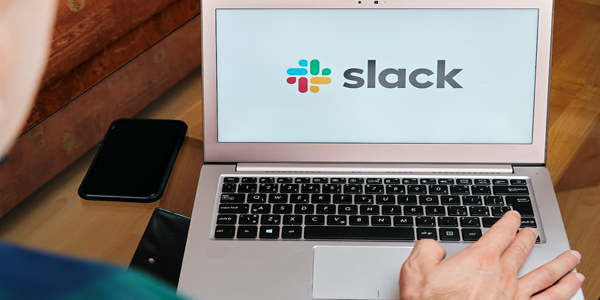







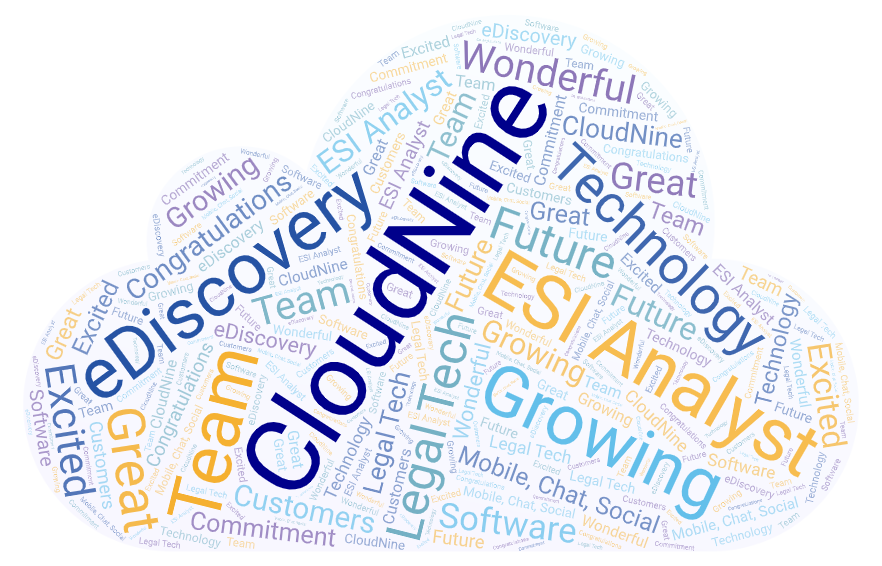
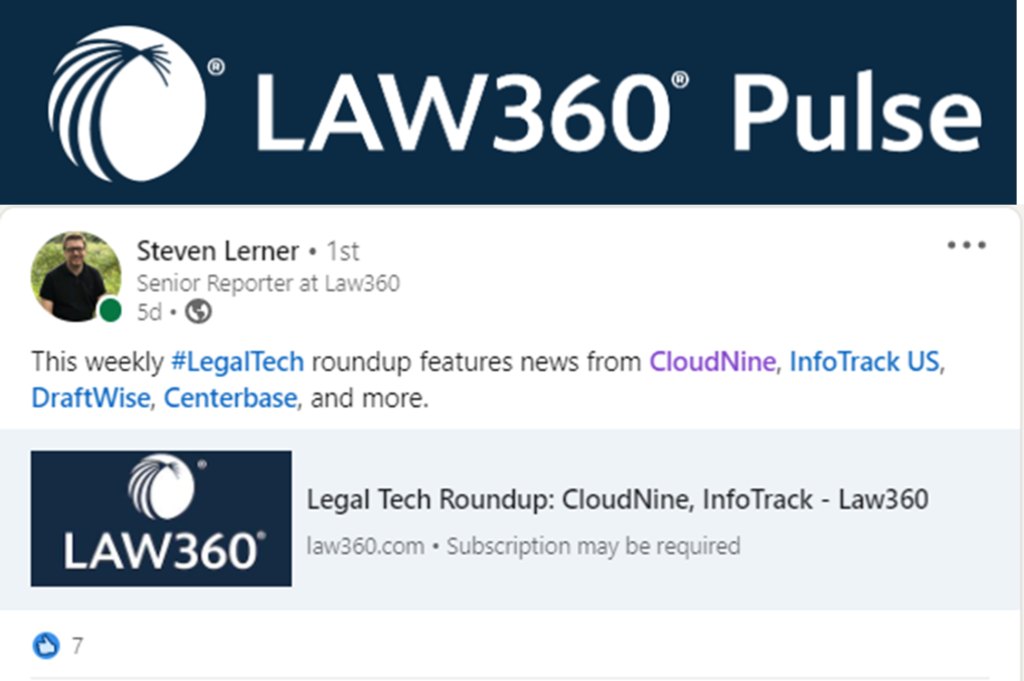
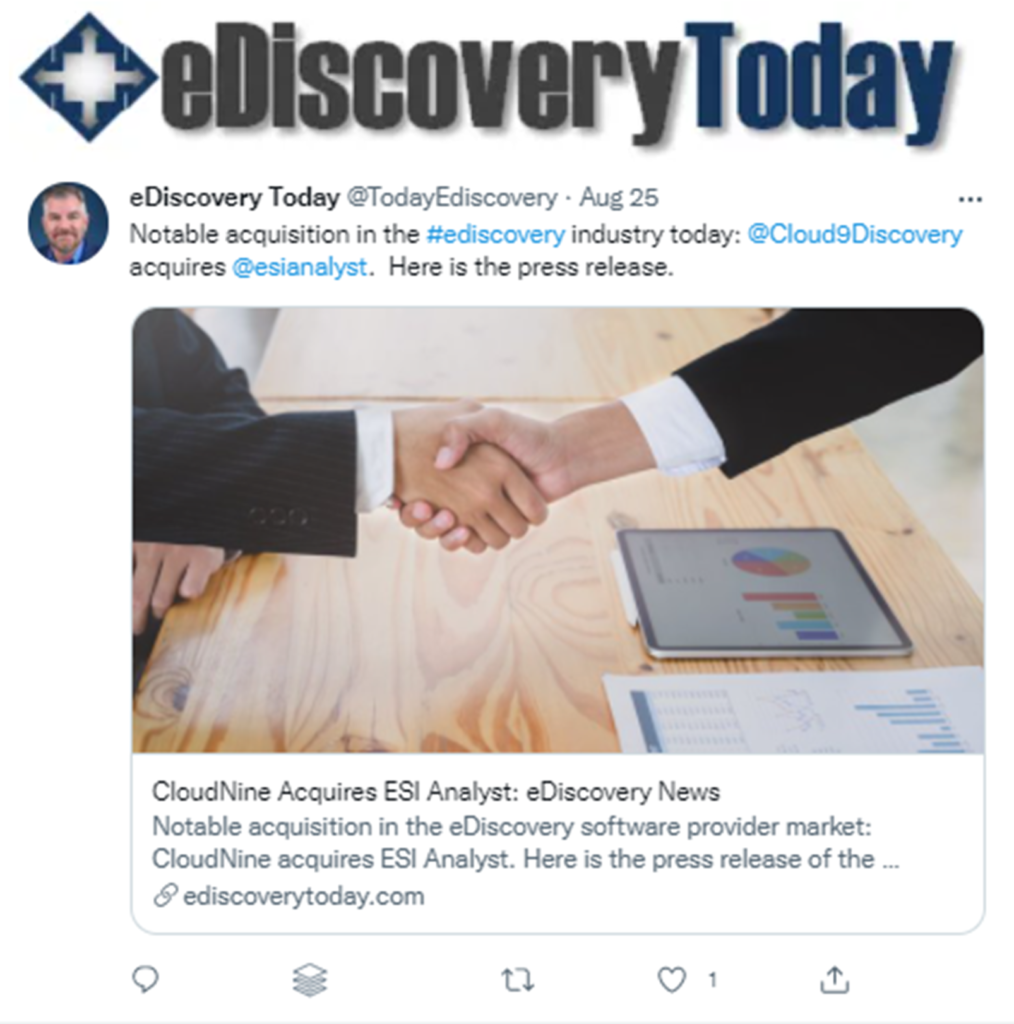


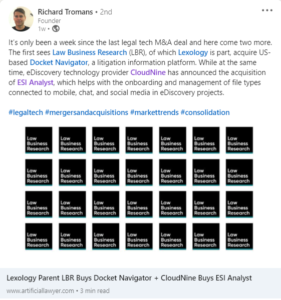







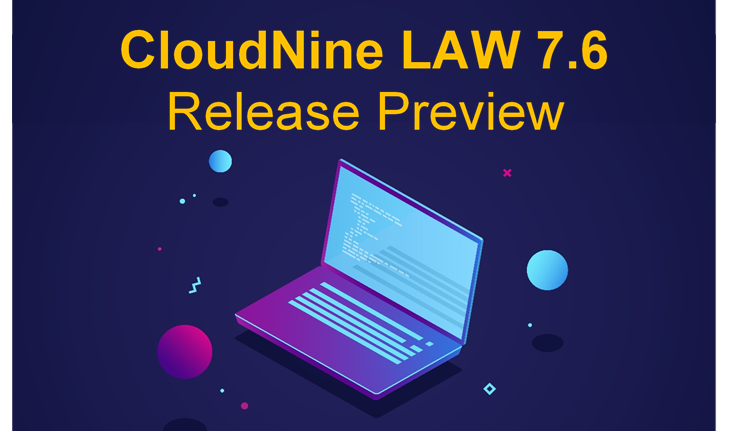
 Focusing on speed, security, simplicity, and services, CloudNine is dedicated to empowering our law firm and LSP clients with proven
Focusing on speed, security, simplicity, and services, CloudNine is dedicated to empowering our law firm and LSP clients with proven 

